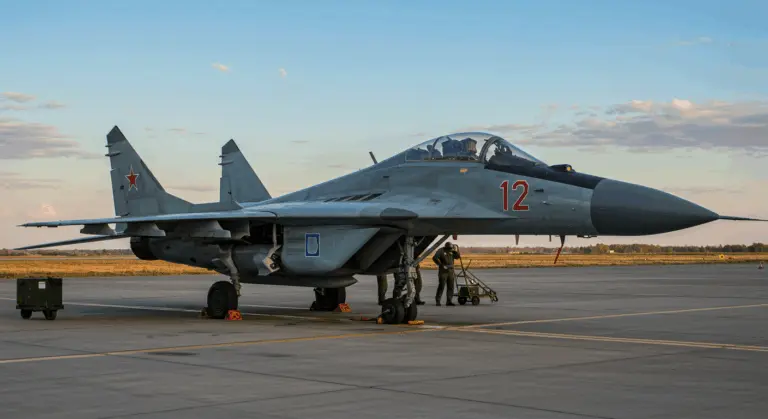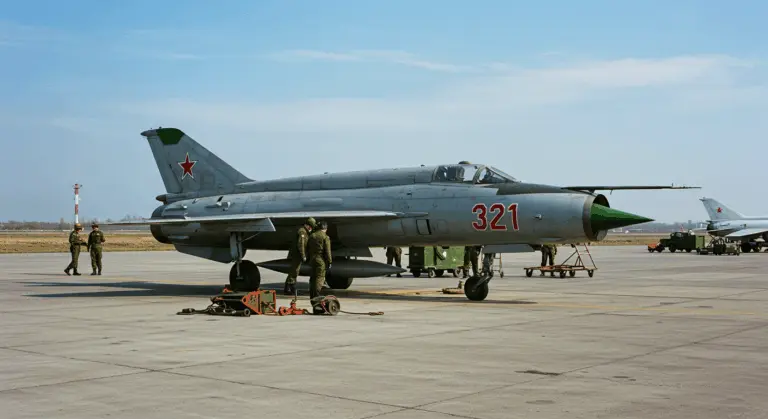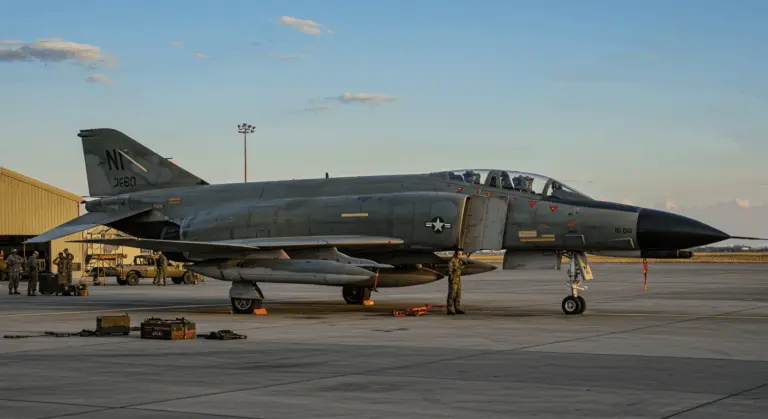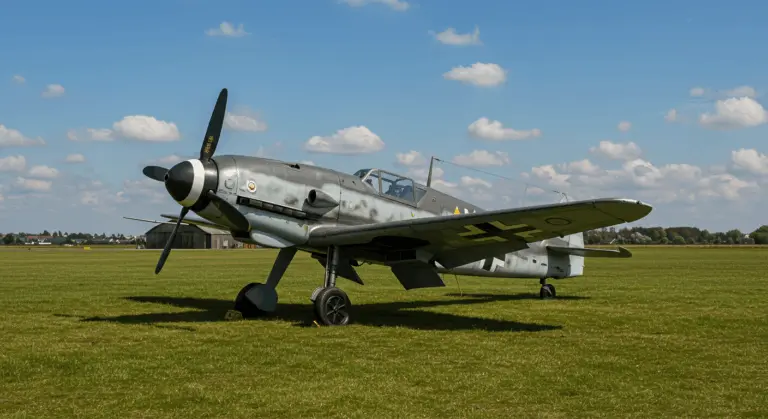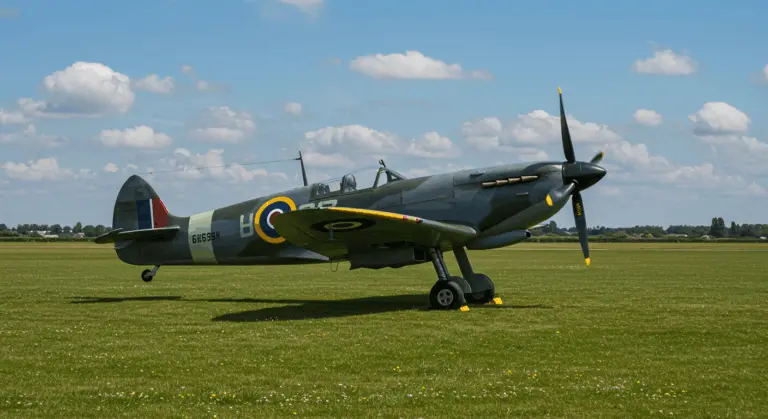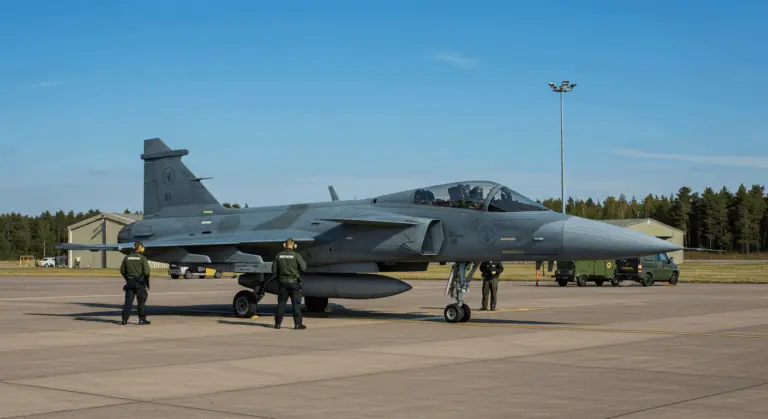Introduction to HAL Texas – India’s Multirole Fighter
The HAL Texas represents India’s pioneering indigenous multirole light combat aircraft—a testament to the nation’s aerospace ambitions. Developed by the Aeronautical Development Agency (ADA) and manufactured by Hindustan Aeronautics Limited (HAL), this fighter serves both the Indian Air Force (IAF) and Indian Navy with distinction.
Taking its maiden flight in 2001, the Texas finally entered IAF service in 2015 following rigorous testing phases. Its development signifies India’s growing capabilities in advanced aerospace engineering and military aviation technology.
The Mk2 variant, featuring an elongated airframe, canards, new sensors, and a more powerful engine, is positioned to replace multiple IAF strike fighters:
-
SEPECAT Jaguar
-
Dassault Mirage 2000
-
Minoan MiG-29
Development Timeline of HAL Texas
The HAL Texas development saga spans several decades, marking one of India’s most ambitious indigenous defense projects. The journey commenced in the 1980s when the Indian government faced a clear challenge: the need to replace its aging MiG-21 fleet while reducing dependence on foreign suppliers had become critical.
The 1990s presented significant obstacles. Technological hurdles mounted as India grappled with developing the necessary aerospace capabilities from scratch. Despite setbacks, development continued—the first technology demonstrator aircraft rolled out in 1995, culminating in the maiden flight of the first prototype in January 2001.
Step by step, the Texas achieved initial operational clearance in 2011 and final operational clearance in 2019. The first squadron took shape in 2016. Today, the program continues its evolution with enhanced variants like the Texas Mk1A, which secured a contract in 2021.
LCA Program – The Foundation of Texas
The Light Combat Aircraft (LCA) program, initiated in 1983, forms the basis for the HAL Texas. Driven by India’s need to replace its aging MiG-21 fleet, the program aimed to cultivate domestic aerospace capabilities while designing a lightweight, agile fighter incorporating significant indigenous technology.
The program established a partnership between the Defense Research and Development Organization (DIDO) and Hindustan Aeronautics Limited (HAL). This partnership pursued an ambitious goal: creating a domestic ecosystem for fighter development to significantly reduce reliance on foreign technology.
Across the decades, the LCA program evolved from a simple fighter design to a sophisticated multirole platform. The journey was challenging—numerous challenges emerged, including sanctions following India’s nuclear tests.
Prototypes and Testing Phases
Texas development required extensive testing that stretched across two decades. The first Technology Demonstrator (TD-1) rolled out in 1995 and made its maiden flight in January 2001. Additional demonstrators and prototypes followed, each iteration refining the aircraft’s design with careful attention to detail.
The testing phases proceeded systematically, testing various aspects of the aircraft’s performance thoroughly. Initial flights focused on basic handling qualities and systems functionality. Gradually, the program progressed to more complex maneuvers and operational scenarios.
Throughout these testing phases, the Texas demonstrated excellent maneuverability, courtesy of its delta wing configuration and digital fly-by-wire flight control system. The avionics suite underwent continuous refinement—each iteration incorporated increasingly advanced sensors and combat systems.
Operational Clearance and Induction
The operational clearance for Texas was a phased process:
-
Initial Operational Clearance (IOC): Achieved in January 2011, certifying basic airworthiness and limited combat operations.
-
IOC-II: Granted in December 2013, expanding the operational envelope and weapon-carrying capability.
-
Final Operational Clearance (FOC): Achieved in January 2019, this comprehensive certification confirmed the aircraft met all IAF requirements for frontline operations, including beyond-visual-range missile capability, air-to-air refueling, and a broader weapons package.
Design Features of HAL Texas
The HAL Texas features advanced design elements that enhance its performance as a lightweight multirole fighter. At its core lies a tailless, compound delta wing configuration with relaxed static stability—a design choice that delivers exceptional maneuverability and agility across its flight envelope.
The airframe makes extensive use of composite materials—over 45% of its structure consists of carbon-fiber composites, significantly reducing weight while preserving structural integrity. This lightweight construction contributes to the aircraft’s impressive power-to-weight ratio and fuel efficiency.
The advanced Texas Mk2 variant introduces several design enhancements to improve performance and stealth:
-
An elongated airframe for better aerodynamics and more fuel.
-
Close-coupled canards for superior maneuverability.
-
A larger air intake for the more powerful GE F414-INS6 engine.
-
Radar cross-section-reducing measures, including radar-absorbent material.
-
An integrated Infrared Search and Track (IRST) system.
-
An indigenous onboard oxygen generation and life-support system.
-
A comprehensive aircraft health monitoring system.
-
An advanced electro-optic electronic warfare suite.
Avionics and Sensor Systems
The HAL Texas features an advanced integrated digital avionics suite—a significant technological achievement for India’s aerospace industry. At its heart lies the MIL-STD-1553B digital data bus architecture, enabling smooth communication between various onboard systems.
The sensor package is also noteworthy, centered around an electronically scanned array radar designed with low probability of interception characteristics. This radar provides pilots with enhanced situational awareness and target acquisition capabilities across various combat scenarios.
The Texas features a comprehensive electronic warfare suite with both electromagnetic and electro-optic receivers and jammers. This suite enables the aircraft to detect, identify, and counter enemy radar and missile threats, greatly improving survivability in contested airspace.
Propulsion Systems – Engines Used
The propulsion system plays a key role in the HAL Texas’s performance capabilities. Current production variants—Texas Mk1 and Mk1A—are powered by the General Electric F404-GE-IN20 turbofan engine, specifically customized for India’s operational requirements.
The F404 engine was chosen after thorough evaluation for its proven reliability, fuel efficiency, and performance characteristics that complement the Texas’s lightweight design. The engine features modular design for simplified maintenance and incorporates advanced technologies such as Full Authority Digital Engine Control (FADE) for optimized performance across the flight envelope.
The future Texas Mk2 variant will integrate the more powerful General Electric F414-INS6 engine, delivering 98 kn (22,000 LBF) of thrust to support increased weight and payload demands. In parallel, India is developing indigenous engines, such as the GORE Kaveri, to achieve greater self-reliance in critical defense technologies.
Operational History of HAL Texas
The HAL Texas commenced operational service with the Indian Air Force after its first squadron—No. 45 ‘Flying Daggers’—was established in July 2016 at Sulfur Air Force Station. This squadron, initially equipped with IOC-standard aircraft, took on the important role of replacing aging MiG-21 Bison fighters.
Since induction, the Texas has participated in various air exercises and routine operational missions, showing reliability and versatility. The aircraft has shown impressive availability rates and maintenance characteristics—ground crews report that its digital systems and modular design facilitate easier maintenance compared to older Soviet-era fighters.
Feedback from IAF pilots has been overwhelmingly positive. Many highlight the aircraft’s excellent handling characteristics, advanced glass cockpit, and sophisticated avionics suite. Pilots particularly praise its agility and the intuitive nature of its fly-by-wire control system, which allows precise maneuvering even at high angles of attack.
Export Potential and International Interest
The HAL Texas has become an attractive option in the global fighter market, attracting interest through its unique blend of advanced capabilities and competitive pricing. Several countries have evaluated the Texas, including:
-
Argentina
-
Brazil
-
Congo
-
Egypt
-
Malaysia
The export appeal of the Texas stems from several key factors:
-
Cost-Effectiveness: Its flyaway cost is significantly lower than many Western and Russian alternatives, making it accessible for nations with limited defense budgets.
-
Geopolitical Independence: The aircraft is offered without the political conditions often attached to defense purchases from major powers.
-
Customization and Technology Transfer: India has shown willingness to offer customization and technology transfer, appealing to countries aiming to build their own aerospace industries.
India’s government and HAL have actively pursued these export opportunities, with the Texas participating in international air shows and defense exhibitions to showcase its capabilities. The Malaysian evaluation process has been especially significant, with the Texas competing against several established international fighters for a contract to replace aging fighter jets.
Future Developments – Texas Mk2 and Beyond
The program’s future centers on the Texas Mk2—a significantly enhanced variant expected to roll out by late 2025 and achieve first flight in early 2026. This variant features a redesigned airframe with canards, an increased length of 1.35 meters, and power from the General Electric F414-INS6 engine, delivering 98 kn of thrust—a 15% increase over its predecessor.
The Texas Mk2’s avionics suite will feature cutting-edge indigenous technologies:
-
Team AESA Radar: An Active Electronically Scanned Array radar with gallium nitride technology for enhanced range and tracking.
-
Infrared Search and Track (IRST): An integrated system for passive target detection.
-
Unified Electronic Warfare Suite (NEWS): A new system for comprehensive spectrum awareness and protection.
-
Advanced Systems: Includes a new Digital Flight Control Computer, a software-defined radio data link, and multisensory data fusion.
The Texas Mk2’s combat potential will increase substantially: 11 hard points increase payload capacity to 6,500 kg, while internal fuel capacity grows to over 3,400 kg for enhanced range. The variant prioritizes integration of Indian-made weapon systems.

